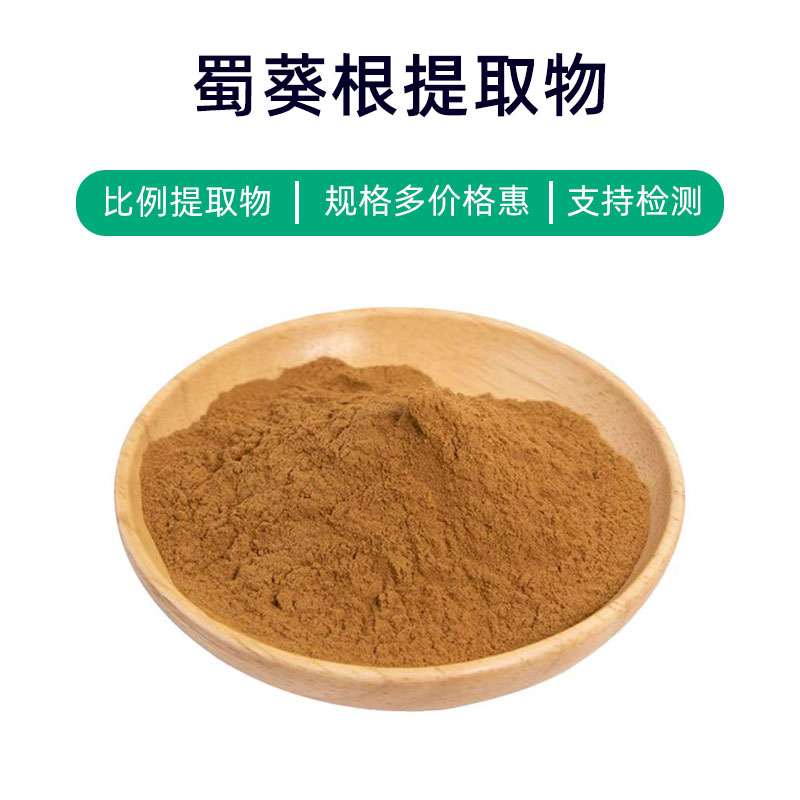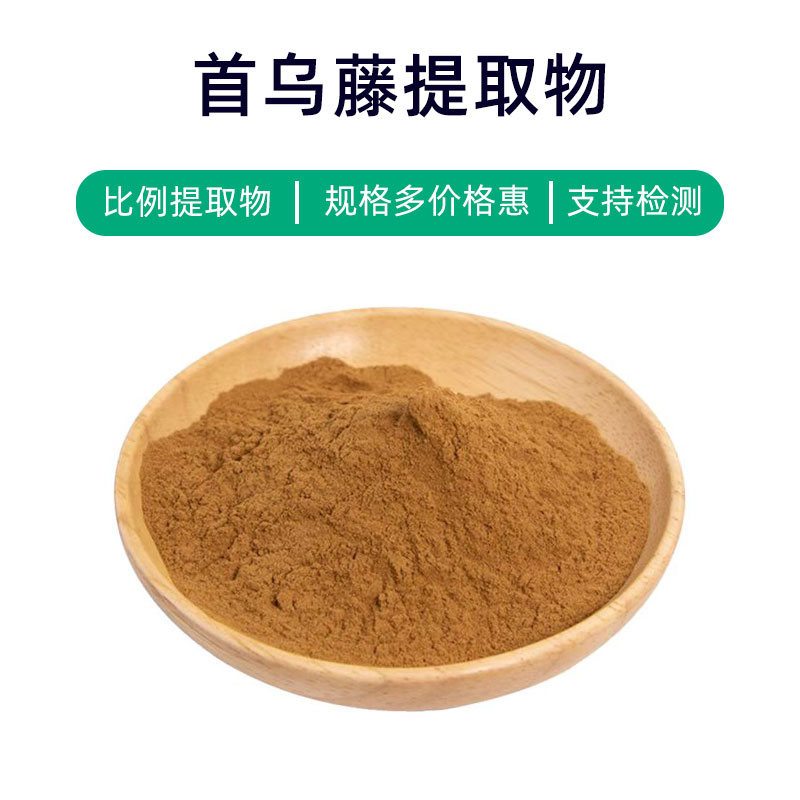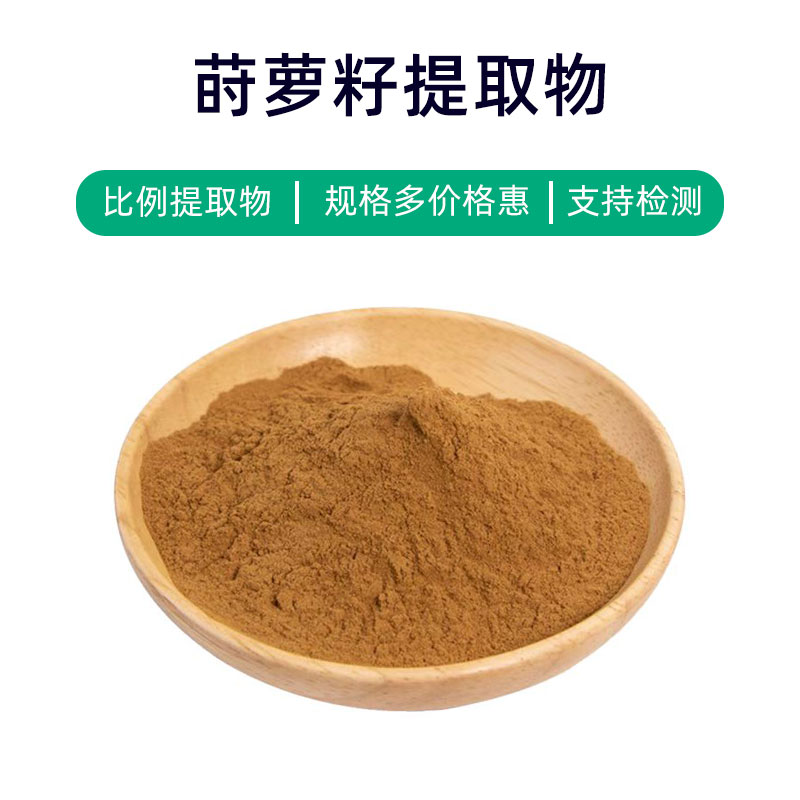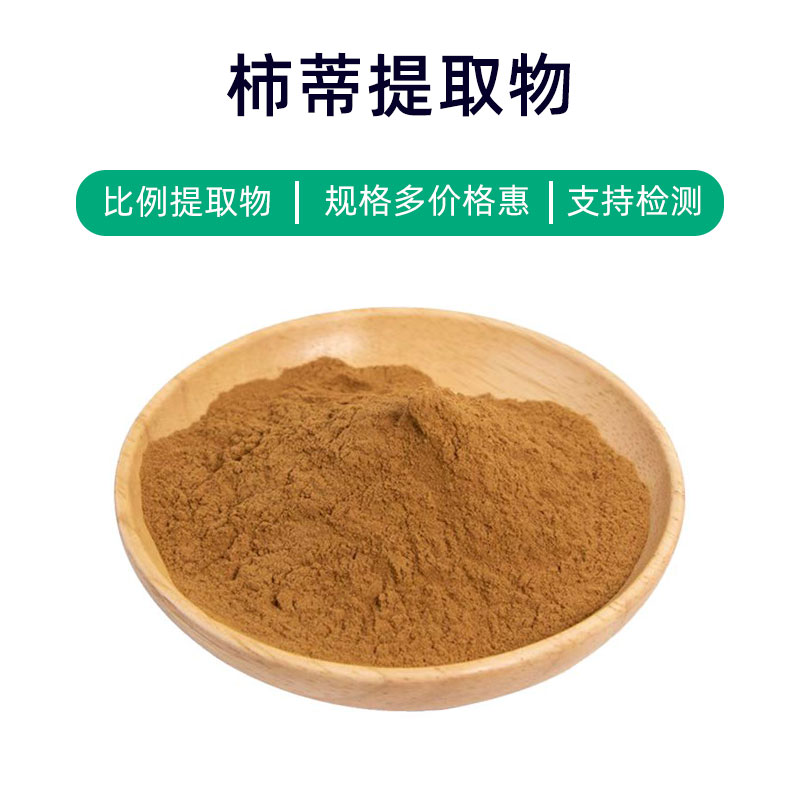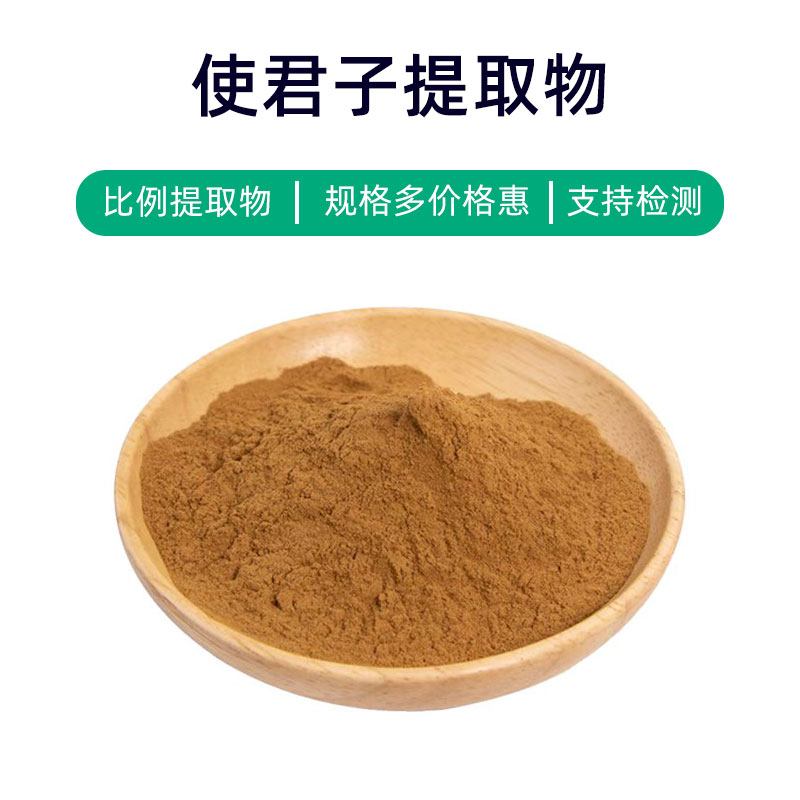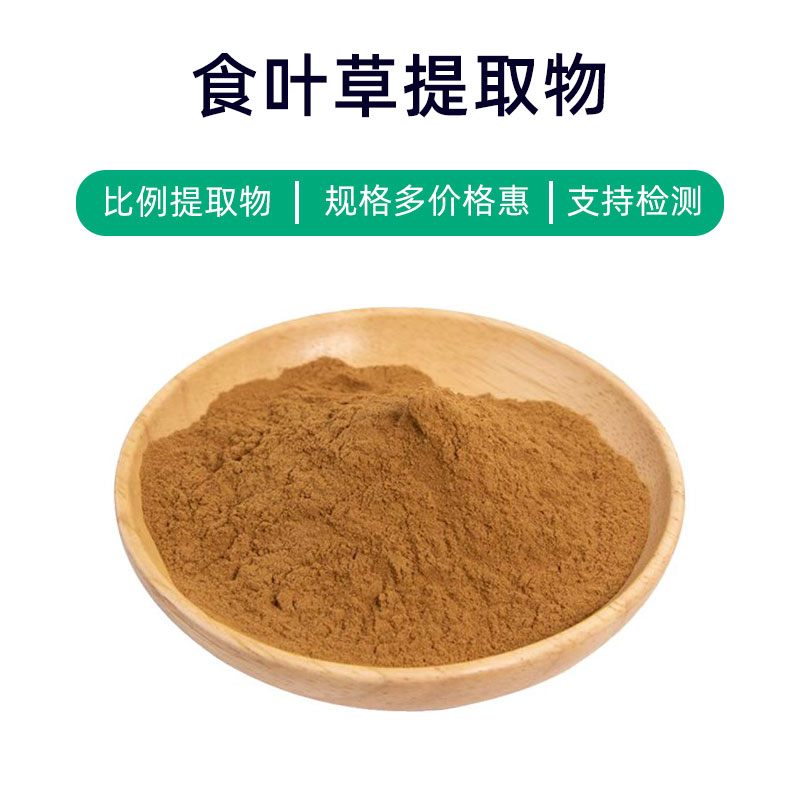Hibiscus Flower Extract Product Introduction
Hibiscus Flower Extract is a natural plant extract derived from the flowers of Hibiscus sabdariffa. Its main components include anthocyanins, flavonoids, organic acids, and vitamin C, which provide a variety of benefits such as antioxidant, anti-inflammatory, beauty, and health-promoting properties.
Hibiscus Flower Extract is rich in powerful antioxidants like anthocyanins and flavonoids that help eliminate free radicals, slow down aging, and protect the skin from environmental pollution and UV damage. Its anti-inflammatory properties also make it effective for alleviating skin inflammation and sensitivity.
Additionally, Hibiscus Flower Extract contains abundant organic acids such as malic and citric acids, which help regulate skin pH, tighten pores, and make skin softer and smoother. Its vitamin C content promotes collagen production, improving skin elasticity and reducing the appearance of wrinkles and fine lines.
In the cosmetics field, Hibiscus Flower Extract is often used in skincare products like creams, serums, and masks to provide antioxidant, anti-inflammatory, and moisturizing benefits. In the food and beverage industry, it is widely utilized as a natural colorant and flavoring agent, giving products vibrant colors and unique tastes.
Overall, as a natural plant extract, Hibiscus Flower Extract offers a range of benefits and is widely used in skincare, cosmetics, food, and beverages, contributing positively to people’s lives and health.
Hibiscus Flower Extract Production Process
The production process of Hibiscus Flower Extract typically involves the following key steps:
- Raw Material Preparation: Select fresh Hibiscus flowers as the source material for the extract. The flowers should be clean and free from serious contamination and damage.
- Preliminary Processing: Clean and treat the collected Hibiscus flowers to remove surface impurities and dirt, ensuring the purity and quality of the extract.
- Extraction Process: Place the cleaned Hibiscus flowers into extraction equipment, adding an appropriate solvent (such as water or ethanol) for extraction. Extraction time and temperature should be determined based on actual conditions, with longer extraction times generally yielding more effective ingredients.
- Filtration and Separation: After a certain extraction period, filter the extract to remove solid residues and impurities, resulting in a clear extract.
- Concentration and Solvent Removal: Concentrate the extract by removing excess solvent to yield a more concentrated product. Low-temperature or vacuum concentration methods are typically used to avoid degradation and loss of components.
- Drying the Product: Dry the concentrated extract to remove residual moisture, yielding a dry extract. Temperature and humidity should be managed during drying to maintain product stability and quality.
- Crushing and Packaging: Crush and sieve the dried extract to obtain a powder that meets specifications. The product is then packaged in sealed containers to avoid direct sunlight and moisture, ensuring long-term storage and stability.
- Quality Control: Strict quality control is conducted throughout the production process, monitoring key parameters such as solvent residue, ingredient content, and microbiological safety to ensure the product adheres to relevant standards and regulations.
These steps outline the common production process for Hibiscus Flower Extract, with specific methods and conditions adjusted according to the manufacturer's requirements and practices.
Hibiscus Flower Extract Effects and Side Effects
Hibiscus Flower Extract has a variety of benefits and effects, including:
- Antioxidant Effects: Rich in natural antioxidants such as polyphenols and vitamin C, Hibiscus Flower Extract helps eliminate free radicals, slow the aging process, and protect cells from oxidative damage.
- Anti-Inflammatory Effects: The active components in Hibiscus Flower Extract exhibit significant anti-inflammatory properties, capable of suppressing the onset and progression of inflammation and alleviating related symptoms.
- Liver Protection: Research shows that Hibiscus Flower Extract can protect the liver, promote liver cell regeneration, mitigate liver damage, and improve liver function.
- Circulation Improvement: Hibiscus Flower Extract promotes blood circulation, dilates blood vessels, lowers blood pressure, and improves microcirculation, helping to prevent cardiovascular diseases.
- Antimicrobial Effects: Hibiscus Flower Extract possesses certain antibacterial and antimicrobial properties, inhibiting the growth of bacteria, fungi, and viruses, aiding in the prevention and treatment of related infections.
- Antiallergic Effects: The active components in Hibiscus Flower Extract can modulate the immune system, reducing allergic reactions and alleviating symptoms of allergic conditions such as allergic rhinitis and dermatitis.
- Skin Improvement: Hibiscus Flower Extract provides moisturizing and nourishing benefits to the skin, potentially improving dryness and rough textures, enhancing softness and luster.
Hibiscus Flower Extract is generally considered safe as a natural plant extract, with few side effects. However, individual differences and potential allergic reactions should be noted during use. Long-term or excessive use may cause issues like digestive discomfort or allergic reactions, so performing a skin sensitivity test before use is advisable, and following the dosage guidelines on the product label is recommended. If discomfort occurs, discontinue use and consult a healthcare professional.
Hibiscus Flower Extract Application Scenarios and Dosage
Hibiscus Flower Extract finds extensive applications in the fields of medicine, food, and cosmetics.
In medicine, Hibiscus Flower Extract is commonly used in the preparation of medications and health supplements. It is employed to treat conditions such as rheumatoid arthritis, skin inflammation, and digestive issues. In traditional herbal formulations, it may be used as one of the components combined with other herbal materials. Administration typically involves oral or topical use, with specific dosages determined by medical advice or product instructions.
In food, Hibiscus Flower Extract can serve as a natural food additive. It may be used in the production of seasonings, beverages, and health supplements to enhance nutritional value and taste. Dosage and usage generally comply with relevant food additive regulations and must meet national food safety standards.
In cosmetics, Hibiscus Flower Extract is frequently incorporated into skincare and beauty products. It provides moisturizing, antioxidant, and soothing properties suitable for all skin types, especially beneficial for dry and sensitive skin. The extract is typically added to skincare products like creams, lotions, and serums, with dosages determined according to formulation requirements, usually expressed as a percentage.
Overall, Hibiscus Flower Extract is a safe and reliable option across various fields; however, attention to product quality and dosage control during use is vital to avoid overuse or deviations from intended applications. Additionally, individuals with allergies are advised to perform skin sensitivity testing prior to use and to discontinue if any adverse reactions occur.
Hibiscus Flower Source Plant Introduction, Distribution, and Growing Environment
Hibiscus Flower, scientifically known as Hibiscus mutabilis L., also known as the Changing Color Rosemallow, belongs to the family Malvaceae. It is a common deciduous shrub or small tree, known for its beautiful flowers and unique medicinal value. Below we will introduce the plant source, distribution, and growing environment of Hibiscus Flower.
Plant Source:
Hibiscus Flower originates from a flowering plant native to China. It is one of China's traditional ornamental plants and is widely cultivated in other countries and regions. The flowers typically exhibit a gradual color change from white to pink to red, hence the name "Changing Color Rosemallow."
Distribution:
Hibiscus Flower is native to China, predominantly found in the Yangtze River basin, southern China, and southwestern regions. Beyond China, it is cultivated in other Asian countries like India, Nepal, and Thailand. Due to its ornamental and medicinal value, Hibiscus Flower has gradually been introduced to various countries and regions.
Growing Environment:
Hibiscus Flower thrives in warm, humid climates and adapts well to sunny environments. It is best suited to loose, fertile soil with good drainage, as it is not tolerant of waterlogging. The plant has limited cold tolerance and is sensitive to low temperatures and cold environments, requiring protective measures during winter to prevent frost damage.
Cultivation:
Hibiscus Flower is an easy-to-cultivate plant, typically propagated by seed or cuttings. Sowing is generally done in spring or summer, with maintaining moist soil assisting seed germination and seedling growth. Timely fertilization and weed control during the growing season promote plant growth and flowering. Additionally, proper irrigation and maintaining airflow are crucial to prevent pest and disease occurrences.
Summary:
Hibiscus Flower, as a common ornamental and medicinal plant, has a wide distribution and cultivation. It thrives in warm, humid climates and loose, fertile soils, growing abundantly under suitable environmental conditions. Proper cultivation and management practices can enhance the growth and flowering of Hibiscus Flower, increasing its ornamental and medicinal value.
Hibiscus Flower Extract Processing and Storage
The processing of Hibiscus Flower Extract typically includes several steps: first, the harvested flowers are cleaned to remove impurities; next, the cleaned materials are ground or chopped to enhance extraction efficiency; then, appropriate extraction methods (such as water extraction, ethanol extraction, or supercritical fluid extraction) are employed to extract target components; finally, processes such as concentration, filtration, and drying yield the final Hibiscus Flower Extract product. For storage, it is generally recommended to keep the extract in a cool, dry, light-protected area, sealed to prevent moisture and oxidation, thereby extending its shelf life.
Monica Sun is a seasoned expert in the plant extraction industry with over a decade of experience in research and production. She specializes in the extraction and purification of plant active ingredients, focusing on driving innovation in natural product applications. Monica has participated in the development of multiple functional plant extracts, delivering high-value natural raw material solutions for the health food, pharmaceutical, and dietary supplement sectors.









